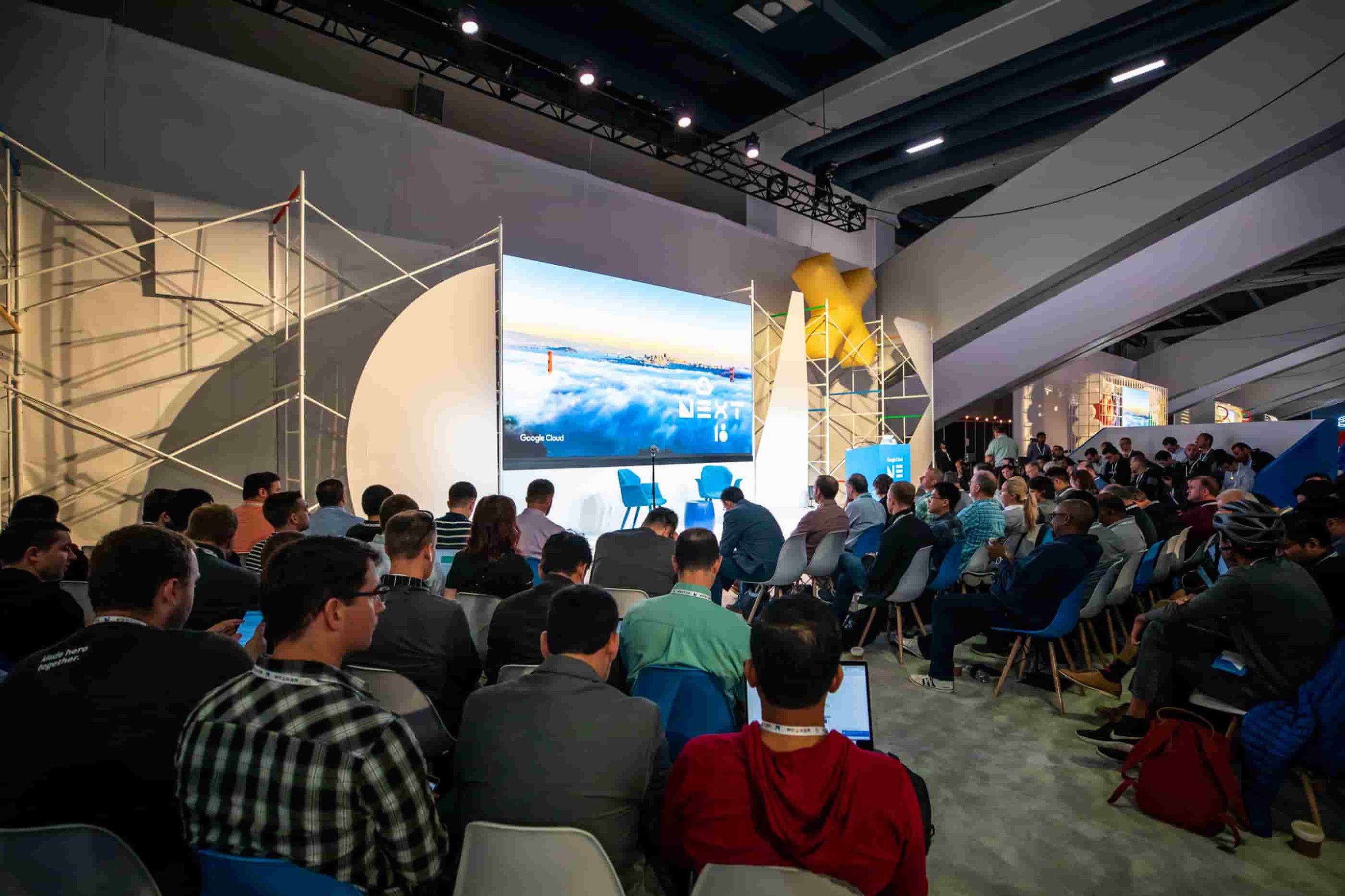Watch and learn: Kubernetes and GKE for developers

William Denniss
Group Product Manager, Google Kubernetes Engine
Enterprises large and small rely on Kubernetes and Google Kubernetes Engine (GKE), but it’s developers that interact with it, day in and day out. If you’re a developer looking to get up to speed on Kubernetes, what better way to learn about it than to hear directly from the team that’s building it?
The GKE team—the same folks who lead in the contributions to the Kubernetes open source project—regularly connect with developers at conferences all over the world (KubeCon Europe, Google Cloud Next ‘18), and give dozens of presentations on the topic. In this post, I’ve created a curated list of presentations that Google’s own developers have marked as their favorites, to help you get up to speed on Kubernetes, fast. Think of it like going to a conference, without all the travel!
Get situated
Want an overview of where Kubernetes came from, or where it’s headed? Getting Started with Containers and GKE, by Anthony Bushong and Weston Hutchins, is a fantastic overview for anyone new to the space or wants a refresher.
Then, if you’ve ever wondered how Google works to keeps the cloud safe, Kubernetes Security The Easy Way by hosts Aaron Small, Greg Castle and CJ Cullen is the talk for you (spoiler: the easy way is not to manage it yourself!).
Finally, Aparna Sinha and Chen Goldberg, our Kube-naut Captains, point the way forward in Bringing You the Future of Cloud, where they announce GKE On-Prem.
Get comfortable
Now that you have a little bit of Kubernetes knowledge, it’s time to learn how to wield its power.
In Best Practices from Google SRE: How You Can Use Them with GKE + Istio, legendary site reliability engineer Nori Heikkinen, and Istio Product Manager Dan Ciruli talk about Google’s famed Site Reliability Engineering (SRE) practices (did you get the latest book?), and how organizations can adopt them using GKE plus Istio.
Kubernetes does a lot of work abstracting away the underlying IaaS infrastructure, allowing you to focus on your code. However, you still needed to provision nodes for your code to run on and take into account things like ensuring you have a machine big enough to run your largest container. Well, at least you used to! In Forget About Node Provisioning at Last, Jerzy Foriciarz and Ignacy Kowalczyk take you through new features in GKE that relegate manual node provisioning to the past.
What about the times when you’re in a remote location, like flying at 30,000 feet or camping in the backwoods, but you still want to get the full Kubernetes experience? Minikube is the answer! Watch Dan Lorenc’s excellent Minikube Intro that goes over how to develop locally.
Get connected
A big part of getting your environment up and running is networking–making sure your packets are getting from A to B in a timely and secure manner. Minhan Xia, Manjot Pahwa, and Bowei Du have you covered in Container Native Load Balancing on GKE, where they will discuss how load balancing works in Kubernetes, your various options you have and their trade-offs.
While we’re on networking, here’s a talk from 2017 but it’s still as relevant today as it was then: The ins and outs of networking in Google Container Engine and Kubernetes. Here, tech leads Tim Hockin and Michael Rubin explain the intricacies of Kubernetes’ packet routing (in a super approachable way).
Get creative
Now that your environment is up and running and connected, it’s time to start creating container-based applications. A first step is to set up your development environment, Jenkins aficionado Vic Iglesias presents his Jenkins and GKE best practices in Continuous Delivery Best Practices with Jenkins and GKE, complete with prescriptive guidance on how to deploy, configure, and use Jenkins to create robust CI/CD pipelines for Kubernetes and other platforms.
Or perhaps you’re Interested in providing Kubernetes-as-a-Service to your own company, allowing different teams to share the same cluster for development, or different services from varying origins to co-exist in production? David Oppenheimer has you covered with Multi-Tenancy in Kubernetes: Best Practices Today, and Future Directions.
Lastly, a plug for my own talk: Starting with GKE: Developer-friendly Deployment Strategies where I take you on an application deployment journey from launching and updating your first container into GKE using the UI, getting the most out of GKE with automated health checks, then taking it to the next level with auto-scaling that will add and remove VMs on demand, based on your app’s requests per second (RPS). I also spoke at KubeCon on some reasons why you might consider Kubernetes over a PaaS, and how to bring the best of PaaS into GKE.
And these are just a handful. I collected a GKE YouTube playlist of all talks from the Cloud Next and KubeCon conferences by Googlers, sorted by complexity from introductory level to advanced. For those of your who are really keen, you can also watch all Google Next SF videos, including the keynotes, and all the KubeCon EU videos.
In the coming weeks, watch this space for a more developer-focused blog posts. To begin with GKE, check out these great tutorials and this quickstart. You can also use our $300 free credits to get started with GKE.
